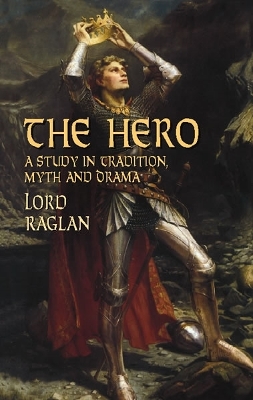
jamiereadthis
Written on Dec 1, 2009
The book does one of my favorite things, charmingly deflating the grandiose myths and legends that pass for history and defining them for just what they are, myths and legends, on the basis that nothing in history can ever really be dramatic. “Historical truth,” writes Raglan, levelly and gleefully cynical, “is as a rule brutal, inconsequential, and apparently meaningless”; “therefore apt to be less interesting and far less aesthetically satisfying than dramatic truth.”
For example, “Had the Tale of Troy been a true tale— that is to say, the account of historical facts— the siege would have been brought to an end within a few weeks, either by the defection of the Greek army, by an epidemic of dysentery which carried off the leading warriors, or by the storming of Troy, in which Helen was murdered for the sake of her ear-rings by some nameless Greek.”
Even in chapters on shape-shifting animals (yes, there’s a chapter on shape-shifting animals) there are little unexpectedly intriguing gems: “Once the ritual and belief have come into existence, the power of suggestion is almost unlimited, but to allege that belief is instinctive is a very different thing.”
In short, now I admire it for its beauty and its brains.
